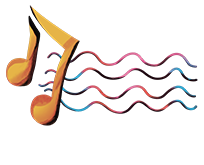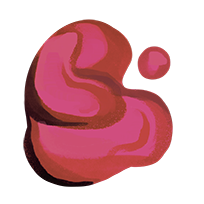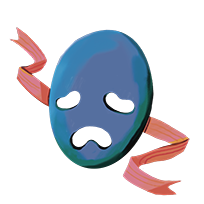Page Content








As a fine arts education specialist for nearly 25 years, I am often asked to provide the case for why all four arts should be required learning, as core subjects, at least in elementary school. This frustrates me because I know this is already happening in most provinces across the country, while Alberta students only get music and visual art until Grade 6. While efforts for curricular reform have created a politically infused vortex of activity with little impact, in the meantime our programs are more than 30 years old (the oldest in the country) and our students are receiving less than kids in British Columbia, Saskatchewan, Manitoba, Ontario, Quebec, New Brunswick, the Yukon and the Northwest Territories.
My response? A poem.
Why Arts?
By B.H. Martin
why arts?
To which the artists said, We’ll show you, come and see!
They answered in a painting that connected you and me.
why arts?
To which the dancers said, We’ll show you, come and learn!
They answered in such movements that it stirred our souls to yearn.
why arts?
To which musicians said, We’ll show you, come and hear!
They answered in such tender notes their hearts were in our ear.
why arts?
To which directors said, We’ll show you, come and view!
They answered on a stage with tales familiar, yet new.
why arts?
To which our leaders said, We’ll show you what we’ll do…
They answered by omitting them and nothing here came true.
How does this poem make you feel?
It was meant to evoke . . . and maybe provoke . . .
at least enough that you want to do something about the fact that kids in Alberta are missing out.
The arts, like poetry, evoke feelings and provoke responses and these reactions are not just in our heads; they are physical sensations in our bodies.
In this way, the arts are different from other subjects because they acknowledge our felt lives. Each of the arts provides distinctive ways to encounter, explore, express and relate to lived experience.
To only offer a partial arts education is to cut off our students from the many ways of knowing that are essential for human connection and well-being.
The arts promote different ways of thinking and communicating
Each of the arts engages students in unique cognitive processes. In dance, we think through the body using movement and energy in space and time. In drama, we think through perspectives, using characters and contexts, imagination and performance. In music, we think through sound using instruments and voices, arrangements and improvisations. And in visual art we think through images using visual and tactile methods and forms.
Of course this is a simplistic view of each discipline, with the point being that each produces artworks that are actually the biproducts of unique cognitive processes. The late Elliot Eisner, a leading theorist in arts education and Stanford professor, identified four cognitive processes inherent in all arts:
Inscription: translating internal experience or consciousness into external forms
Revision: editing forms of representation through iterative, intuitive refinement
Communication: expressing thoughts, feelings and ideas through artistic literacies
Surprise: creating something with an openness to unexpected outcomes that emerge through esthetic attunedness
Each art empowers these processes, with its own system of symbols and social conventions. Some of this happens in language arts (it is language arts after all). In addition to that, offering all four arts as core subjects can empower interdisciplinary thinking as students learn to consider one topic through four more artistic languages. Over time, students are empowered to think in and communicate through diverse forms to acquire multiple literacies that enable communication beyond words.
The arts promote different ways for connection and well-being
Arts students put their ideas out there in the world, sometimes for themselves, but often to connect with others who may consider, relate and respond to the work. That connection draws on social mechanisms, including social empowerment, to draw in marginalized students through group dynamics in ways that motivate and engage.
With each performance or exhibit, students share something of themselves while, as audience members, they learn to appreciate the work of others. This comes from a long tradition of facilitating the arts by establishing a social safety net that builds trust, fosters teamwork and encourages risk-taking with respect for vulnerability.
The arts provide the mechanisms for students to manage uncertainty, develop confidence to express themselves, learn to critique respectfully, and be resilient to the opinions of others. This fosters a value for informed judgment based on critical and analytical thinking, and respect for difference of opinion. Through this, students can develop a sense of belonging built on a foundation that honours diversity, inclusion and well-being.
Conclusion
I hope, in this short time together, that I have made the case for teaching all four arts as core subjects, at least in elementary school. To get a more fulsome case, I encourage you to visit the online curricula of other provinces where this is already happening. There you will find robust rationales, resources, outcomes, and benefits that are informed by research, artists, best practices and educational specialists.
It’s time for Alberta to join in. While most Canadian students are acquiring the multiple literacies of all four arts, our students are only getting bits and options. At some point, such disparity can only lead to disadvantage.
References available upon request, including links to the numerous arts education curricula across the country that informed this work. Contact the author at bhmartin@ucalgary.ca.
